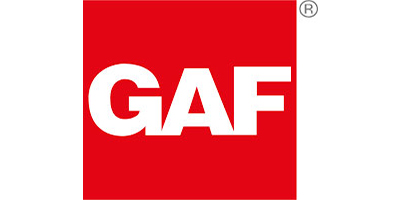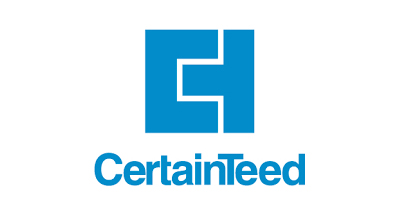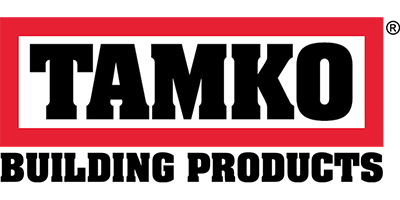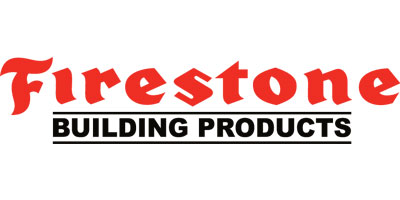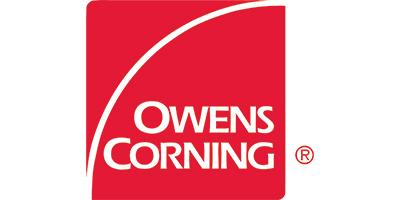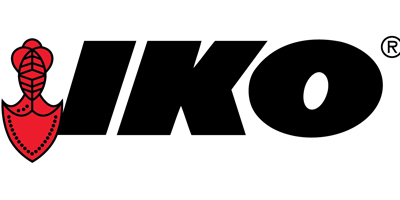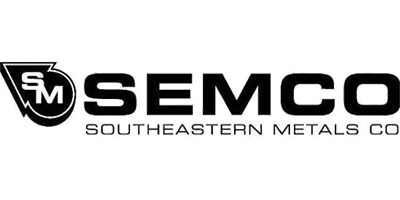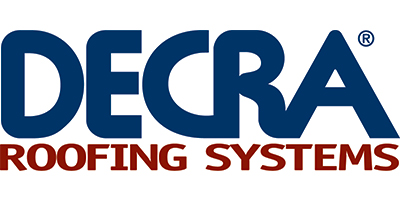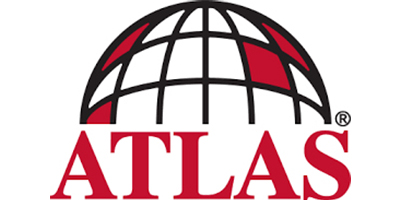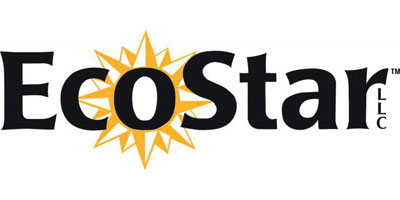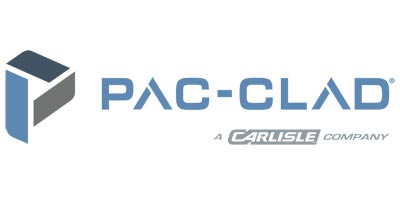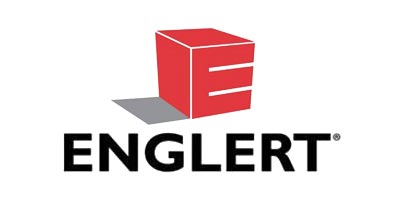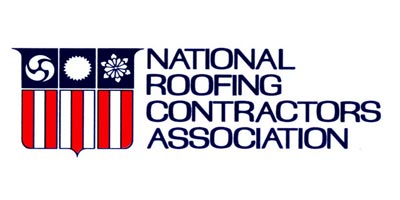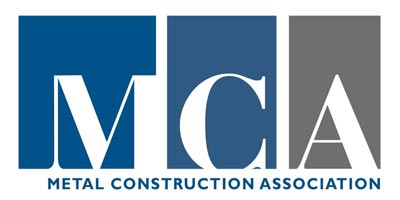Commercial Roofing Contractors
Washington DC, Virginia, & Maryland
For Repair, Maintenance, & Installation
Our commercial roofing division offers a range of commercial roofing services for Washington DC, Virginia, & Maryland, including commercial roof repair, commercial roof maintenance, and commercial roof installation of flat and low-slope roofing systems. We have the expertise and experience necessary to handle a variety of commercial roofing projects, ensuring that your commercial property has a durable and reliable roof. Whether you need a simple repair or a complete roof installation, we can help you find the right solution for your needs.
Commercial Roofing Company - Washington DC, Virginia, & Maryland
GoTech Roofing's commercial roofing services include repair, maintenance, and installation of flat and low-slope roofing systems, including TPO, EPDM, Modified Bitumen, Built-Up Roofing BUR, and PVC Single-Ply Membranes, and Metal Roofing.

Commercial Roof Repair
Commercial roofs are constantly under attack by UV radiation from the Sun, the endless cycle of being wet from weather and then drying out with heat, building structural movement, and other stresses. Normal aging will indeed occur on all commercial roofs. At GoTech Roofing, we can help with both emergency commercial roof repairs and reducing the likelihood of future commercial roofing emergencies with planned maintenance. And we will advise you on your options for commercial roof replacement or restoration when the time comes. Commercial Roof Repair

Commercial Roof Maintenance
Small roof problems stemming from neglect can result in costly repairs or worse, premature failure of the commercial roofing system. The cost for regular maintenance versus the cost for neglect is much cheaper over a 30-year span. A regularly scheduled program of both commercial roof inspections and roof maintenance will detect minor low slope roof problems before they become serious. This will, in turn, avoid costly tenant interruptions within the commercial building, and most importantly, protect the building Owner’s investment by adding years to the life of the roof. Commercial Roof Maintenance
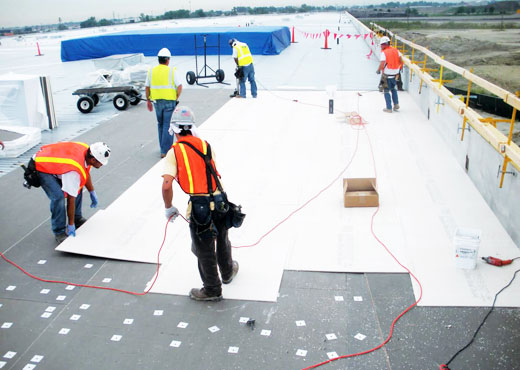
Commercial Roof Replacement
When the time comes that you need a complete commercial roof replacement in Washington DC, Virginia, or Maryland choose GoTech Roofing Commercial Division. We have over 40 years of commercial roofing experience with all types of commercial roofing membranes, spray foams, replacing structural components, and metal roofing. We have full computerized metal fabrication capabilities inside our shop. We are Manufacturer certified and trained commercial installers with Firestone-Elevate, Carlisle, GAF, and Mule-Hide and can offer a 20 to 30 year NO DOLLAR LIMIT (NDL) Warranty. When GoTech Roofing replaces your commercial roof you can rest assured you will have a leak-free commercial roof that will last decades with a warranty to back it up!
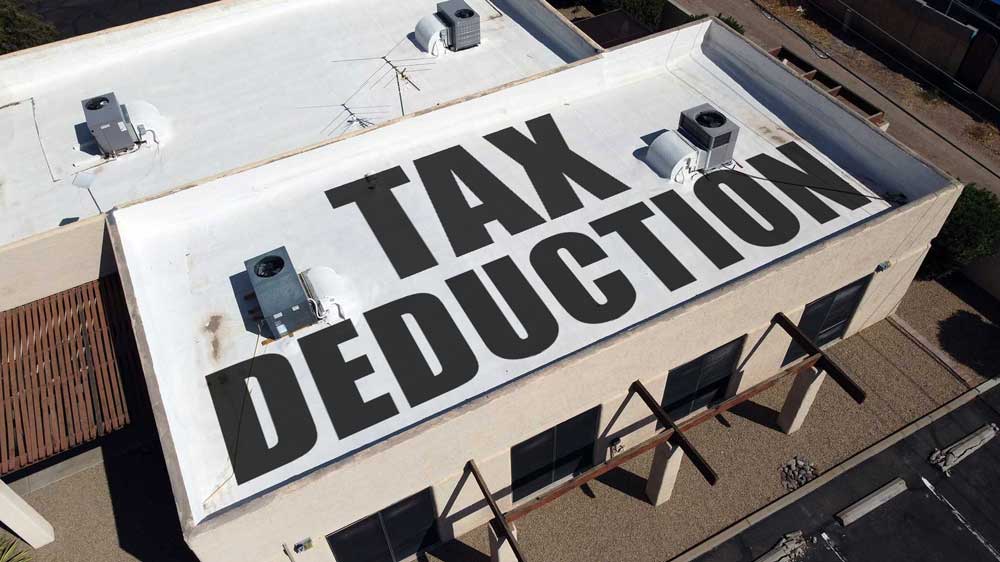
Take Advantage of the NEW Section 179 Commercial Roof Deduction
Section 179 allows businesses to deduct the full purchase price of qualifying roof repairs or roof replacement purchased or financed during the tax year. Understanding how this deduction works can help you make better financial decisions for your business.
Section 179 can only be used if you acquired your non-residential property by purchase for use in the active conduct of a trade or business or your rental activities qualify as a business for tax purposes. You can't use it if your rental activity is an investment, not a business. Owning rental property qualifies as a business if you do it to earn a profit and work at it regularly, systematically, and continuously—either by yourself or with the help of a manager, agent, or others. Rental ownership, on the other hand, is an investment, not a business, if you do it to earn a profit but don't work at it regularly, systematically, and continuously.
For detailed information on the NEW Section 179 Commercial Roof Deduction, please visit our page:
Understanding the Section 179 Deduction for a Commercial Roof: A Deep Dive
First Start With A Commercial Roof Inspection
In order for us to advise you on which course of action to take concerning your commercial roof, you will need to find out the current condition of it. GoTech Roofing's Inspectors are certified and have inspected 1,000's of commerical roofs. A commercial roof inspection involves a thorough examination of the roof of a commercial building to assess its condition and identify any potential issues. The inspection is typically performed by a qualified roofing inspector who has the knowledge and experience to evaluate the roof and provide recommendations for repairs or other actions.
The first step in a commercial roof inspection is to visually inspect the roof for signs of visible damage. This may include looking for tears, punctures, or other types of physical damage that can weaken the roof and make it more susceptible to leaks or other problems. The inspector will also look for signs of wear and tear, such as fading, cracking, or other types of degradation that can indicate the roof is approaching the end of its useful life.
In addition to looking for visible signs of damage, the inspector will also check for any evidence of leaks or water damage. This may include looking for water stains on the ceiling, peeling paint, or other indications that water has penetrated the roof. The inspector may also use moisture meters or other specialized equipment to detect hidden leaks or areas of moisture accumulation.
Another important part of a commercial roof inspection is to assess the condition of the roofing materials and determine whether they are still in good condition and capable of providing adequate protection for the building. The inspector will look for signs of degradation or deterioration, such as cracking, splitting, or other types of damage that can compromise the integrity of the roof. They may also check the condition of the roofing seams and flashings, which are critical components that help prevent water from entering the building.
In addition to examining the condition of the roof, the inspector will also evaluate the overall design and installation of the roofing system. This may include checking the slope and drainage of the roof to ensure that water is being directed away from the building, and examining the ventilation system to ensure that it is adequate to prevent moisture buildup and protect the roof from damage. The inspector may also check the condition of any rooftop equipment, such as HVAC units or solar panels, and assess whether they are properly installed and maintained.
Once the inspection is complete, the inspector will provide a written report outlining their findings and recommendations for repairs or other actions. The report will include detailed descriptions of any problems that were identified, along with estimates of the cost and time required to fix them. The inspector will also include photographs and other supporting documentation to help the building owner or manager understand the condition of the roof and make informed decisions about how to address any issues that were identified.
Overall, a commercial roof inspection is an important step in ensuring the long-term health and performance of a building's roof. By identifying potential problems and providing recommendations for repairs or other actions, a commercial roof inspection can help protect the building and its occupants from the damaging effects of water and other environmental factors. For detailed information on a commercial roof inspection, please visit our page:
What Should Happen During a Commercial Roof Inspection?
Recent Commercial Projects
Washington DC, Virginia, & Maryland
At GoTech Roofing we strive for customer service excellence as evidenced by the positive reviews received from our customers. It is continuously our goal to provide the best commercial roofing repair or roofing replacement, with the best customer service, at the best price! Thank you for giving us 100% 5-Star review approval rating! With over a 100 years of combined Team commercial roofing experience, we are experts in the field of commercial roof repair and installation. Our goal is to take care of your commercial roofing needs and give you the peace of mind knowing that your building is watertight. At GoTech Roofing, we have completed hundreds of commercial roofing projects (and counting!) for our satisfied customers, and we are proud to say we continue to maintain the title of one of Washington DC, Virginia, & Maryland's' top-rated commercial roofing contractors.
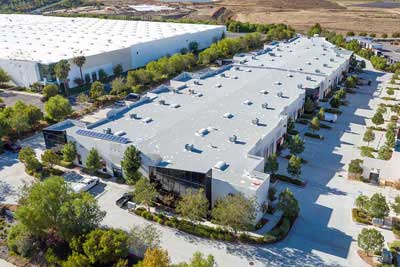
TPO Reston
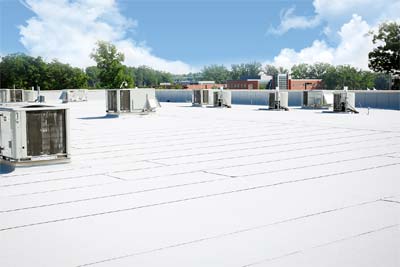
Modified Bitumen Leesburg

EPDM Washington DC
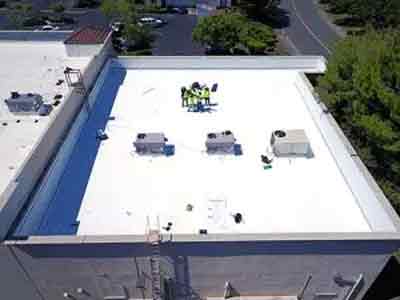
TPO Arlington
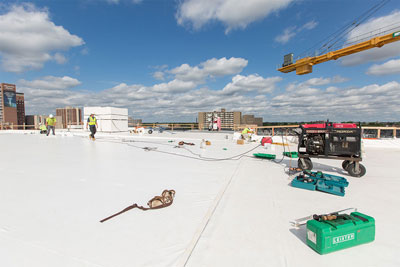
TPO Rosslyn
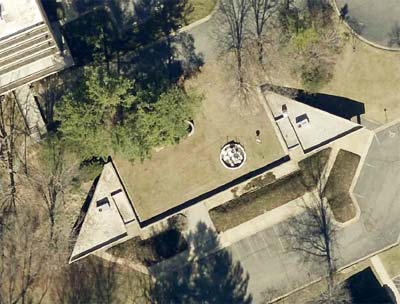
Green Roof Reston
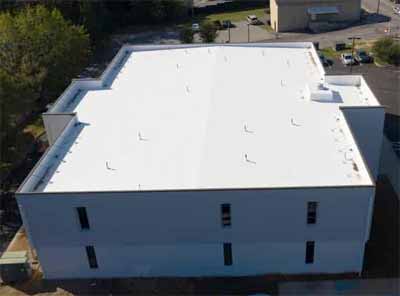
Silicone Roof Coating Washington DC
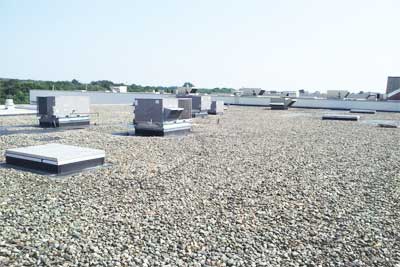
EPDM Rock Ballast Tysons Corner

Metal Church Fairfax
New Ultra-White TPO Commercial Roof Installation
with All New Custom Metal Coping, Washington DC
GoTech Roofing just finished installing a New Ultra-White TPO Commercial Roof Installation with All New Custom Metal Coping. The existing flat roof was 25 years old and the metal coping was completely rusted and leaking in multiple places. In addition, the flat roof had an incorrect slope and water was severely pooling around the HVAC equipment and the outside roof walls. The GoTech Roofing Team installed multiple water shedding crickets and corrected the roof slope. This video is the next morning after a heavy rain. As you can see, no water pooling now. The Customer was given a Elevate/Firestone Manufacturer 30 Year Warranty.
Top 5 Most Common Commercial Roofing Types
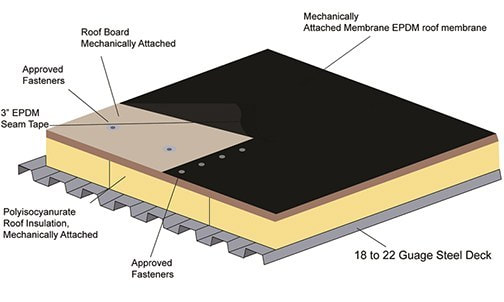
EPDM Roofing
But, there are several disadvantages of EPDM. First, it is black in color and its rubber surface tends to heat up in the sun. This can have a negative impact on the heating & cooling bill of the property owner. Second, because EPDM is made of black rubber, it tends to expand and contract as it heats from the summer sun and cools during the winter. This can lead to seams coming apart over the years. Thus, EPDM flat roof systems need regular inspection and maintenance to stay watertight.
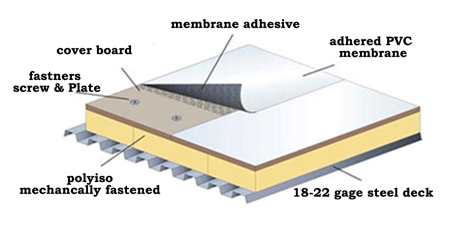
TPO Roofing
First introduced in the 1990s, TPO is a flat roofing solution that has become the most popular now. Recently, it has become less expensive than EPDM. TPO is made of a heat-reflective single-ply polypropylene membrane. One of the key advantages of TPO roofing is its durability. It is able to withstand extreme weather conditions, including hail, snow, and strong winds. This makes it an ideal choice for areas with extreme weather conditions. Another advantage of TPO roofing is its flexibility. TPO is a synthetic rubber material, which means it can stretch and move with the building as it expands and contracts with changes in temperature. This can help prevent cracking and other damage that can occur with other roofing materials. TPO roofing is also resistant to UV radiation, which can cause other roofing materials to break down over time.This type of flat roofing material is very lightweight and is laminated. The lamination keeps flat roof problems like algae or fungus from being able to grow on it. TPO is made of a white material. Many property owners like the white color as it reflects the Sun’s heat and helps in lowering the heating & cooling bill. TPO roofing is also relatively easy to install and maintain. It comes in large rolls that can be easily cut to fit the size and shape of the commercial roof. Once it is installed, TPO roofing requires little maintenance and can last for decades with only occasional inspections and repairs. TPO roofing lasts an average of 20 to 30 years.

PVC Roofing
PVC has been around longer than TPO. Like TPO, PVC comes in lighter colors and is therefore highly reflective of the Sun’s heat. It is debated that TPO has a slightly better tear and break resistance and superior weathering than PVC. Having said that, PVC has characteristics that certain customers prefer and/or need. PVC has better chemical resistance than TPO. Oils and greases do not get absorbed into it which would lead to weakening the membrane. With PVC, the welded seams can be rewelded over the roof’s lifetime, and are stronger than the material itself. These characteristics make PVC the preferred flat roof membrane for restaurants and other commercial buildings that have grease traps on the roof. Finally, different from other roofing membranes, PVC trim from manufacturing is entirely recyclable. Post-consumer membranes can be returned and made into new membranes.
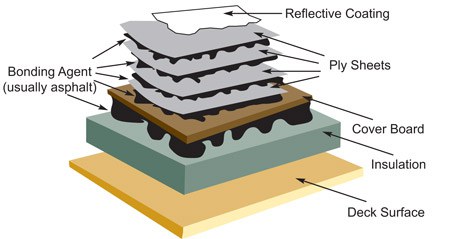
Built-Up Roofing
Built-Up Roofing has a long track record and has been used in the United States for over 100-years. Built-Up Roofing is often referred to as tar and gravel roofing. Unlike the single-ply roofing options that are so popular today, this type of roofing is created by alternating layers of bitumen and fabrics together to form a “membrane”. That membrane is then finished with an aggregate layer or coating. Typically, underneath a BUR Roof is a rigid insulation layer. After that, there are layers of felts, fabrics, or mats that are saturated with bitumen. The most common being asphalt (which works as a better fire retardant than the others). Other types include cold-applied adhesive or coal tar.
When the roofers are spreading a gooey black substance on their roofs with mops and mechanical spreaders, you probably have been watching them create built-up roofs. Built-up roof finishes often resemble rocky beaches because they contain gravel, slag, and small rocks mixed in with the asphalt. Built-up roofing systems have a variety of options, including mats that reinforce the ply sheets and types of bitumens used.
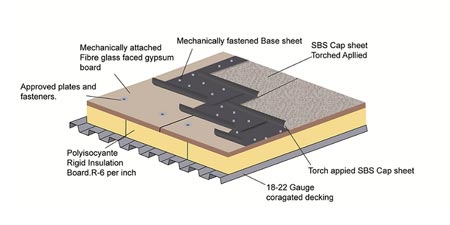
Modified Bitumen Roofing
One of the most popular and fastest-growing commerical roofing systems in commercial roof projects is modified bitumen flat roof systems (MBS). To seal the roof, a modified bitumen system uses a special combination of coated basemat layers instead of applying a hot liquid adhesive to the uncoated basemat. Modified bitumen flat roof systems have a reduced installation time when compared to a BUR flat roof systems. Another great advantage of a modified bitumen flat roof system is that you can install it on top of an older modified bitumen flat roof without taking off the old roof. Using this method, the flat roof actually becomes stronger and resists punctures due to the increased layers’ thickness. Not having to pay for the tear-off of the old modified bitumen flat roof systems is a huge cost-savings benefit.
One important factor with Modified Bitumen Roofing is that you can put a new layer on top of existing roof layers. And this makes the Modified Bitumen Roofing even stronger. Thus, Modified Bitumen Roofing can be cheaper than having to spend money on the tear-off of the old roof.
There are two basic types of modified bitumen flat roof systems: 1) Torch-down and 2) Self-adhering:
Flat Roof Torch-Down Systems are installed with the help of specially designed substrates using a special combination of layers to torch-seal the bituminous product layers.
Self-Adhering Flat Roof Systems (SAS) are similar to conventional modified bitumen flat roof systems. The Self-adhering Flat Roof system uses a coated bitumen basemat to provide a waterproof seal on low-sloping and flat roofs. When a torch cannot be used, this product is ideal. Garage roofs or extending porches that intersect with wood or vinyl siding are common places where you will see a Self-Adhering Flat Roof system.
You deserve the best. It's time to partner with someone you trust.


